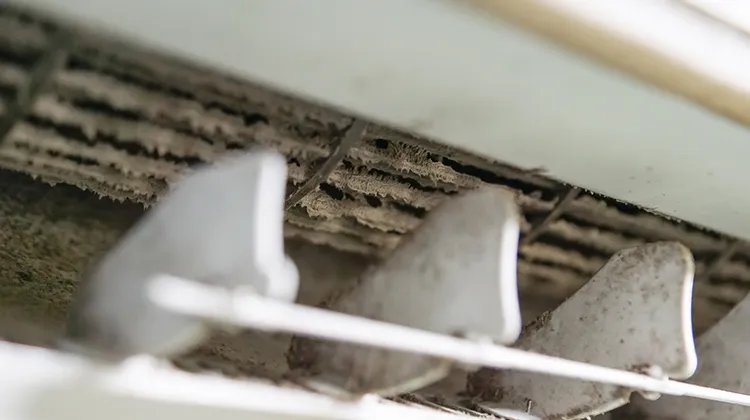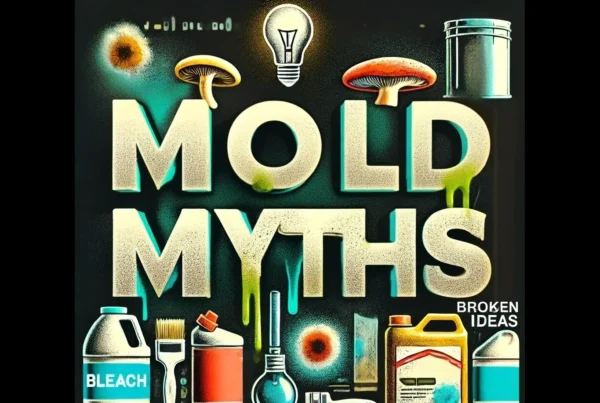What is HVAC?
Whether it’s the middle of winter and you’re trying to stay warm or it’s the hottest days of summer and staying cool is priority number one, many of us confine ourselves indoors with the air conditioning or heat cranked up trying to stay comfortable until the outdoor conditions are more suited to our taste. Heating, Ventilation and Air Conditioning (HVAC) systems maintain the temperature, humidity, and air quality in your home and are a part of most modern homes. The HVAC system can consist of many components but in most modern homes generally includes the heating unit, sometimes called the furnace; the air conditioning unit; the ductwork; and the air handler which houses these components along with the blower fan and other special equipment. Other components or equipment within an HVAC system can include alternative heating fixtures, humidifiers, dehumidifiers, air exchangers or various filtration or cleaning units.
Maintaining your HVAC system is crucial to maintaining comfort and safety in your home. Failing to change or use the correct filter for the air handler unit, allowing coolant levels to run low or failure to check for gas leaks or other problems can create some serious health issues or poor indoor air quality.
Is HVAC Mold Common?
The answer is Yes and No. Because mold is a common component of household dust, it will always be present to some extent on the interior of your HVAC system. It is not, however, common or acceptable for visible mold growth to be present on the interior of your system or the interior of your ductwork. This is almost always the result of elevated humidity levels in the home or some other moisture problem in or around the air handler unit or ductwork. So, while there is never a truly “mold-free” home, visible mold and moisture control are the key to a healthy HVAC system.
How to prevent HVAC Mold
Using preventing visible mold from occurring in your HVAC system is a much better alternative to having to fix it later. Here are some tips for keeping your system healthy and functioning properly:
- Maintain your humidifier – While not all HVAC systems include a humidifier, when installed they can help to make the home more comfortable in cooler months by adding moisture into the air. Follow the manufacturer’s recommendations for indoor humidity levels based on the current outdoor temperatures or select a unit that monitors the outside temperature and makes this adjustment for you. It is vital that a humidifier is maintained annually and checked periodically for proper operation. If humidity levels in the home exceed where you have set them or if there is condensation forming on your windows, turn off the water to the unit immediately or call someone for immediate service. Many large scale mold problems in air handlers and ductwork are the results of a malfunctioning humidifier.
- Change your filters regularly – A dirty system is significantly more likely to have mold growth than a clean one. Keeping high quality, allergen type furnace filter in your air handler keeps both the interior of the unit clean as well as all the air passing through the supply ductwork in the home. Most one inch filters need to be changed every three months while wider filters can be changed every six to twelve. More frequent filter changes won’t hurt, so, if you find your filter becomes dirty more rapidly, change it more frequently. There is little that improves indoor air quality better than a good furnace filter.
- Duct Cleaning – While annual duct cleaning is certainly not needed in our opinion, every 3-5 years, consider having your ductwork cleaned to help prevent the accumulation of dust and debris in the system. Make sure that the air handler (furnace cabinet) is cleaned at the same time along with the cooling coils. Indoor air quality may actually get worse immediately following duct cleaning, especially for fine particulates, but in the long run, it will be good for the system and the overall health of the home.
- HVAC Unit size matters- Make sure you have the right-sized air conditioning unit. If your air conditioner has gone out and you are looking to replace it, make sure that the contractor performing the work takes the time and has the experience to size the unit correctly. Undersized units may work tirelessly to achieve the desired temperatures in your home and lead to hot and cold spots as the system struggles to stay ahead. Oversized units cool the air too quickly and don’t operate for long enough cycles to pull enough moisture out of the air on humid days.
These are all key prevention tips to help control HVAC mold growth. In part 2 of HVAC MOLD: Here Is What You Need To Know, we will cover what to do if you find mold in your HVAC unit and options for mold removal.




